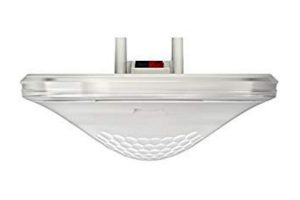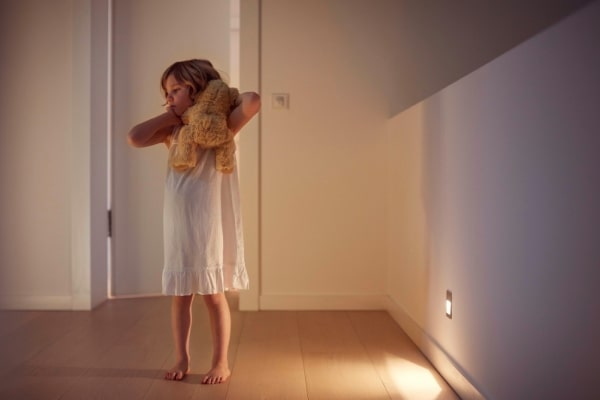The convenience of lighting control in a smart home
Lighting control is not only convenient, it's also very easy to use in today's modern smart home. In these buildings, there are countless lighting circuits that we want to manage as simply as possible. In some rooms we can control it automatically with so-called presence sensors. It is possible to simulate presence or to control garden lighting from several points in the building. If you ask an interior designer or interior decorator to help you design your home, they will almost certainly install a lot of lights, and lighting control is an almost indispensable accessory. This is when it comes in handy to use lighting pictures. This is a feature that allows you to pre-program different 'lighting pictures' into the system. For example, depending on which member of the family has come home, all the lighting functions are adapted to their activities.

What are our options for lighting control?
Let's start with something simple...
Smart lighting control with presence sensor
In every house or apartment there are rooms that are typically only used for short periods of time. These can include entrances, hallways, corridors, stairwells, toilets, garages, storage and other rooms. In these cases, integrated lighting controls provide a great deal of convenience for the occupants. This is because by using presence sensors in the rooms, it is possible to automatically switch the lights on and off using the lighting control system.
The sensor detects whether you are in the area.
Meanwhile, it continuously monitors the brightness of the room.
If it detects movement and there is not enough natural light, it turns on the light.
After the last movement, the light stays on for a preset period of time and then the
sensor sends a signal which turns it off.
If the brightness of the lamp in the room is adjustable, you can set the brightness level that the sensor should maintain.
That way, if there is all natural light in the room - say sunlight coming in through a window or overhead light - you can adjust the lighting up just enough to get the desired level, but use minimal energy to light it.

There may be cases where we want to take control of the automation (smart home) and keep the light on regardless of movement, or even lock the sensor so that the light does not come on when it is sensed.
For example:
If you don't want the lights to come on at night when you're walking by, because you have enough directional light without them.
Or you want the lights to stay on all the time because you're having a house party. The lighting control will be your partner in this too. For example, with a reduced dimming level because we want to have mood lighting in the house and therefore want a pre-set dimming level all the time. Then we switch it back to automatic mode after the party.
Some people like to have the lights on at night, when they go to the restroom, with only a minimum brightness when the presence sensor detects movement in the area.
Imagine that you have several light circuits in the bathroom. However, one is controlled by a presence detector. Because when we use the bathroom ourselves, we want to set different moods.
However, when guests go in to wash their hands, they don't want to switch on the lights (because they don't know which button turns on which light). It's much more convenient if the smart home turns on one of the lights by itself. Say the one above the sink.
However, if we are using the bathroom and we have set some mood lighting, it shouldn't change with movement, so we can set it to be locked.
These examples are just a small part of the almost limitless possibilities of lighting control. After all, it adapts to your lifestyle by first programming the functions you need and want.
With lighting control, smart home presence detectors will be all about our comfort, our habits, so that we can live our daily lives in the greatest safety and comfort.
To view a wide range of Berker switches compatible with lighting control, go to Berker.hu.
Our writings:

